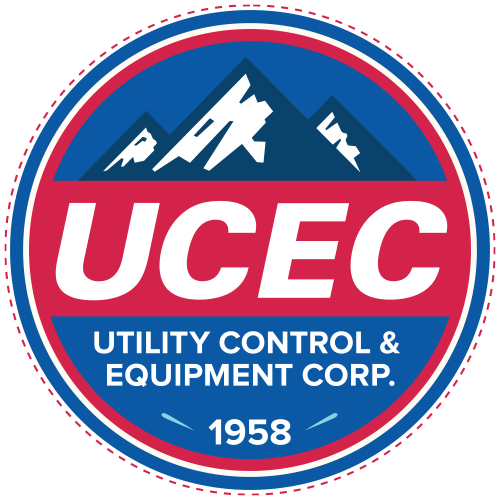The Secret Life of Panels
We think electrical control panels are a thing of beauty. At UCEC, we're raising the bar on artistic standards for panel projects. And since we spend so much time designing, fabricating and wiring panels, we have discovered there's a lot about electrical control panels that most people don't know. We're sharing some panel secrets, below!
- Our Steinhauer MC-80 CNC machine is accurate to .001 of a millimeter. The machine takes about 3.6 seconds to drill a hole.
- The average PLC Control panel can contain more than a mile of wire.
- We take extensive pictures of our electrical panels before they ship. Many of our customers order additional, similar panels weeks or months later. When this happens, we simply pull up the file for that particular panel on the server and view the panel colors and wiring we used. Then, we match the new panels to the old.
- The average control panel can contain enough copper to build a small transformer or motor.
- We use torque screwdrivers and torque wrenches to ensure our terminal block connections are tightened to manufacturer specifications. These connections are electrically tested here at the shop so we’re confident we’re shipping a panel that is safe and devoid of arcing or sparking.
- When we interview the candidates who will eventually create our panels, one of our interview steps is working through a real-life issue we encounter on the job. This exercise tells us a lot about the person who we are interviewing.
- The MC-80 takes on average 120 seconds to cut out a square hole for a 15” touch screen HMI display.
- At UCEC, one of our tools is "The Traveler," a spreadsheet that contains all of the details for each project and follows the job from beginning to end. It lives tucked inside the folder on a server that contains all of the other parts of a project such as schematics and drawings.
- Many of our panels travel across oceans to get to their final destination. Our vendor, Crating Technologies, makes a custom vapor bag for our crates which looks like a foil blanket (with a fabric interior).
- Our management team uses Surface Pro 3 tablets to facilitate communication and update projects so we’re all on the same page wherever we are in the shop or office.
- One way we make things easier for the customer is when we run wireway in our panels. We like to squeeze our ducts really small, but we leave the customer’s ducts large. Let’s say we have four strips we need to wire in to the panel. We’ll use the pattern small-large-small-large and we’ll take the small duct. Saving the large wireway for our customers will make it easier for them to wire on their end.

